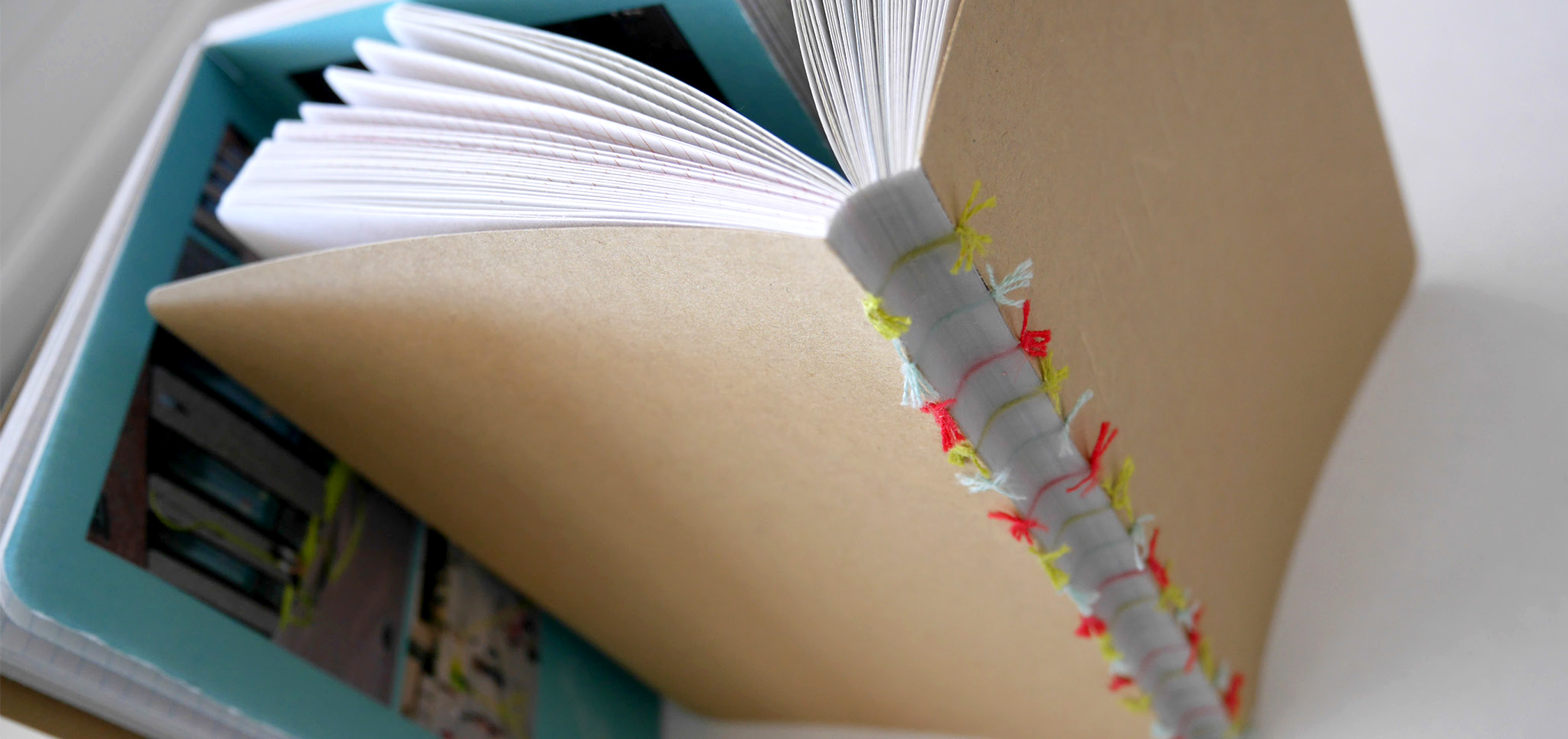
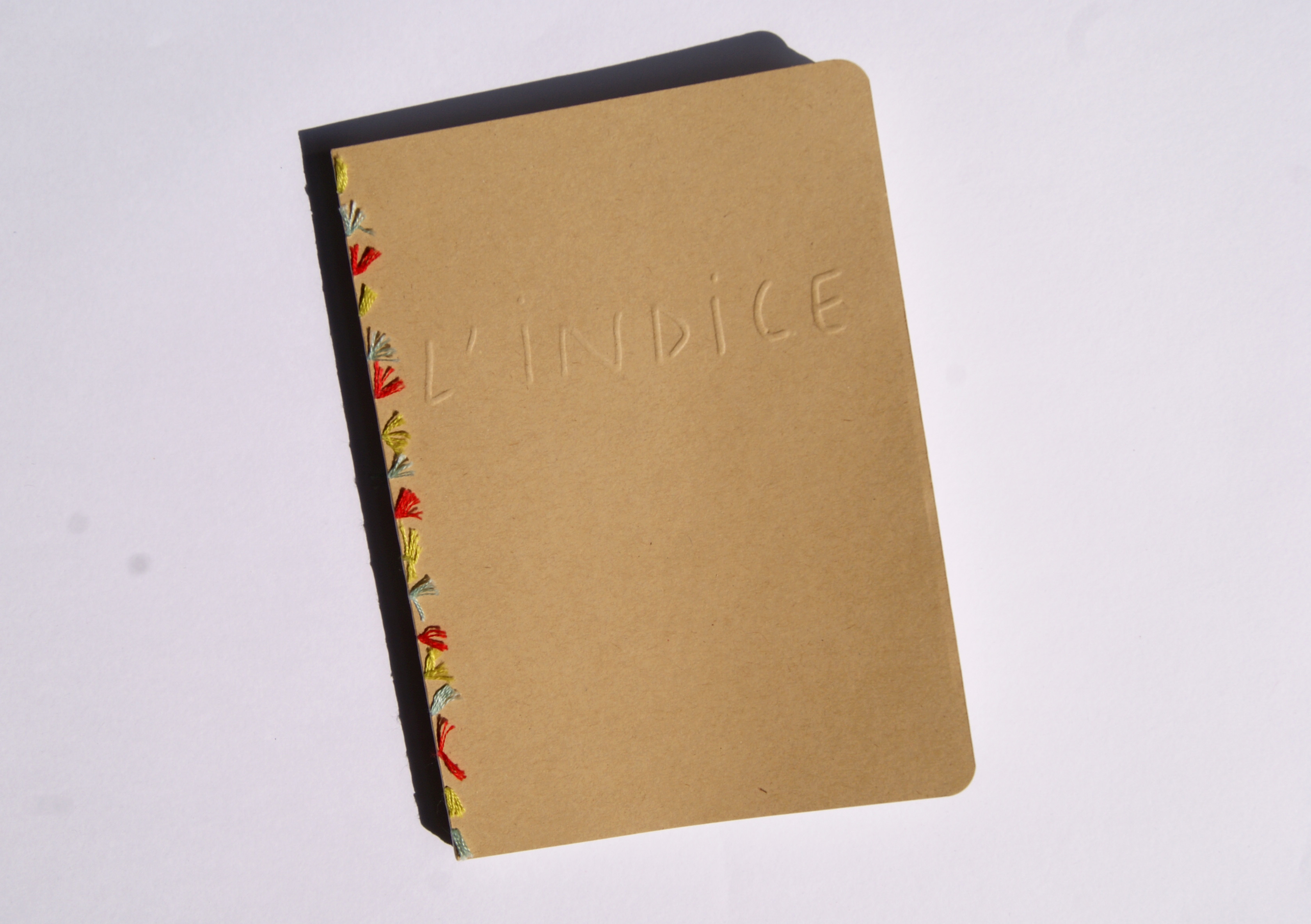
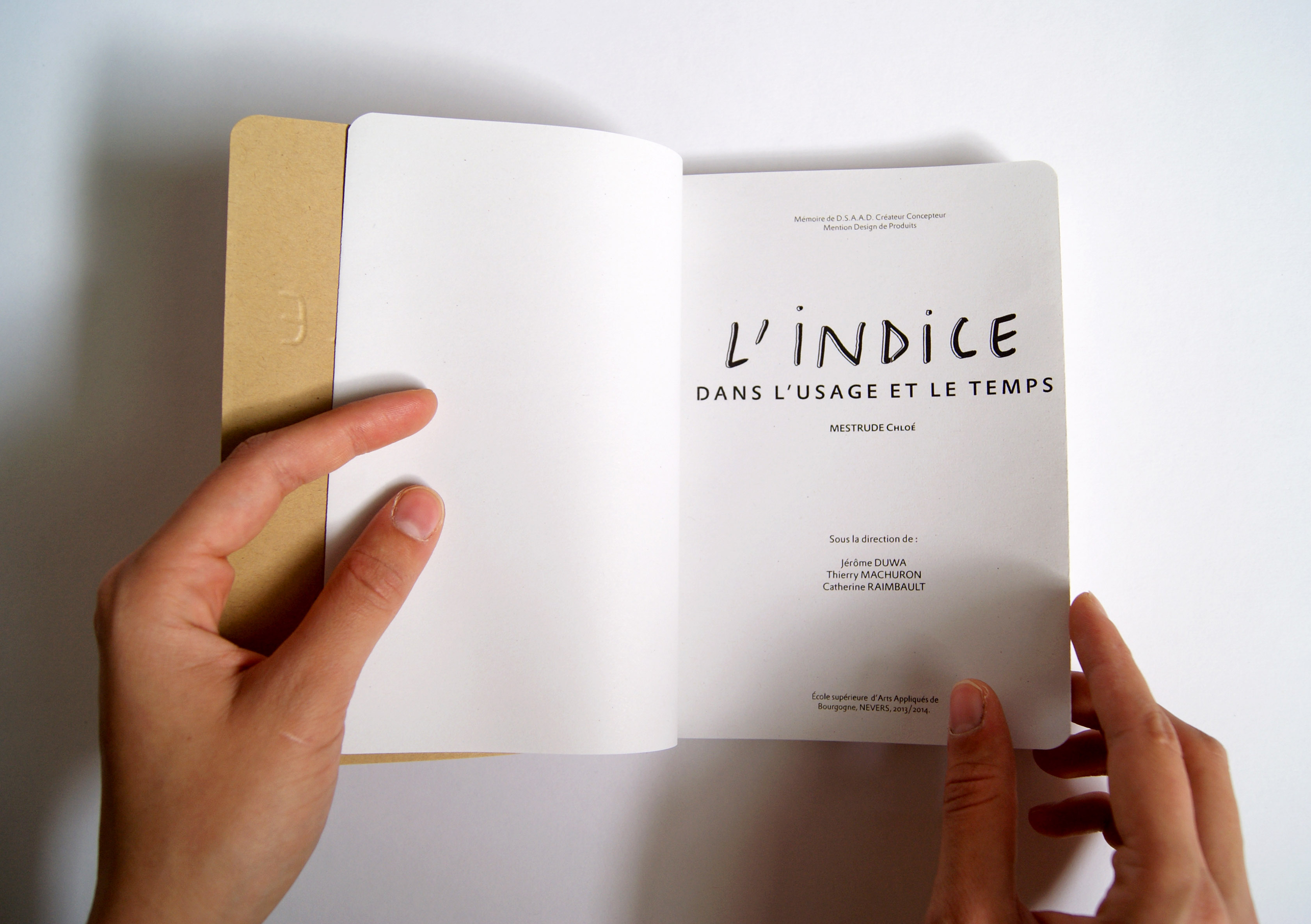

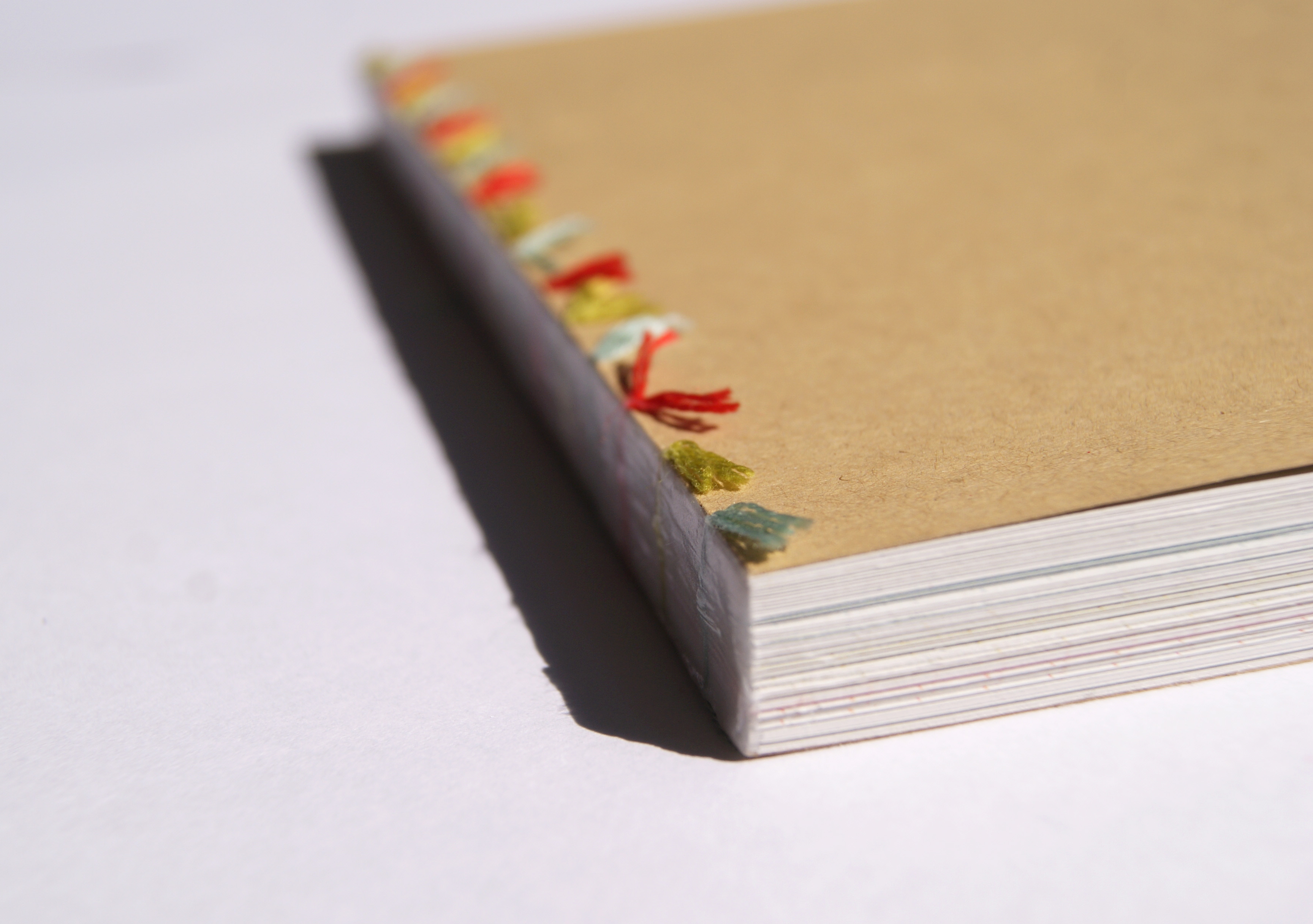
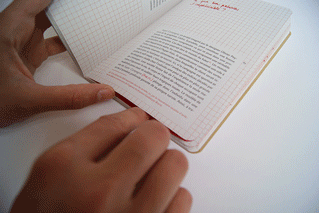
"THE CLUE IN USE AND IN TIME", master dissertation.
I had run my design study year on the concept of the clue. By questioning on the clue, I wished in order to do so, and regarding the complexity of our everyday lives, to ask myself, how can we -users- succeed in understanding this world of objects? The clue is the fragment that involves the reconstruction of a whole which we lack. Therefore, we can reconstruct a missing truth. Reading these elements makes us able to decipher the intricacies of our world. The clue is protean, it can appear to be facts, signs or objects. Its meaning is given by the conditioning of his creator and his reader. There is a reflection that must be viewed currently with the designer: what is the clue for the designer? The designer, because of making researches for a more harmonious world, reinvents himself trough the object. So, it is the mark left by the action, the trace, that attracts all his attention. In other words, the track which is a category of clue, represents an original materiality. It is physical, palpable and it outlives the time. Therefore, in order to create the designer participates in the exhumation of our daily lives clues and by designing new products, he generates further clues. But, if he relies on the comprehension and captation of world's clues to meet our future needs, can we not wonder up what does considering the clue at the heart of the design of the object imply? Through my projects, I have tried to question the clue into a use dimension and in time.
First, I sought to enquire about the condition of the reading of the world's clues. Focusing specifically on the intuition in use. I analysed it through the study of the gesture and the affordance's concept. How does the gesture educate? How can we take into account the fundamental principles of the affordansce's concept in the design conception?
Then, my researches went on to the archaeologist's figure, it is because this one, just like the designer, deals with crucial issues for mankind and furthermore, the clue is at the heart of its reflecting process. Thus, I focused on the clue comprehension's process. And, to continue my studies of the gesture, I concentrated on the working methods of the traceologist. This archaeologist can find the gestures and the behaviour of our ancestor thanks to the traces left on the past tools. To sensitise the other on the importance of the clue in the comprehension of our civilization, I imagined a pedagogical workshop where children can experience the traceologist's investigation process.
Finally, questioned the clue into a more prospective dimension through an anticipation scenario. What will the Human being of the future look like? If the human species follows an evolution without genetic modifications made by the Human, some great morphological modifications we should be considered. In a foreseeable future, the thumb will have an important hypertrophy in order to make more accurate gestures. That is upset our elementary relationships between the Human beings and the objects. Here, with this prospective scenario, I wished to ask the question of the future of the Mankind, should we reconsider the place of the science in our evolution? Beyond this scenario that I suggest, it's a real reflection on the need to consider the prospective like a pool of creations and debates. This is also the way to emphasise on an essential part of the designer: to question, to disturb, to promote discussion...
Thus, thinking about the clues at the heart of my creation approach was the way to question about how will the object be understood through the discoverer and patrimonial gesture. Also, playing with the transversality between my field and the traceologist one's enabled to understand that as a designer, organise some transitions between different temporalities can be possible. It is through knowledge from the past that I could imagine this scenario of the future. Moreover, it was the way to sensitise others on the clue.
"L'INDICE DANS L'USAGE ET LE TEMPS", mémoire de fin d'étude.
J’ai conduit mon année de recherche en design sur la notion d’indice. En m’interrogeant sur l’indice, j’ai souhaité questionner la manière dont nous, usagers, réussissons à appréhender et à intéragir efficacement avec notre monde complexe. L’indice est le fragment qui permet de reconstituer une vérité qui nous manque, de déchiffrer les subtilités de notre monde. L’indice est protéiforme, ce peut être un signe, un fait ou un objet. C’est le conditionnement de son créateur et de son lecteur qui détermine son sens. Une réflexion qu'il convient de mettre en parallèle avec le designer: Qu’est-ce que l’indice pour le designer ? Le designer parce qu'il construit sa recherche pour un environnement plus équilibré, se réinvente dans l'objet. C'est donc, la marque de l'action qui l'importe. Autrement dit, la catégorie de l'indice qui fait principalement sa matière à penser c'est la trace - palpable et qui subsiste au temps. Pour créer il exhume les indices en même temps qu'il en genère d'autres en concevant. Mais, s'il se repose sur la compréhension et la captation des indices de notre monde pour répondre à nos besoins, il convient de se demander ce qu’implique le fait de penser l’indice au coeur d’une démarche de conception d’objet ? Au travers de mes projets, j’ai tenté d’interroger l’indice dans une dimension d’usage et de temps.
Dans un premier temps, j’ai cherché à m’enquérir des conditions de lecture de l’indice. En prêtant un intérêt conséquent sur l’intuition dans l’usage. Je l’ai éprouvé au travers de l’étude du geste et du concept d’affordance. Comment s’éduque le geste ? Comment prendre en compte les grands principes du concept d’affordance dans la conception design ?
Puis, ma recherche s’est portée sur la figure de l’archéologue puisque celui-ci fait, tout comme le designer, de l’indice sa matière à penser et parce que sa pratique s’articule autour de problématiques fondamentales pour l’Homme. Ainsi, je me suis focalisée sur le processus de compréhension de l’indice. Et, pour poursuivre ma réflexion menée en amont sur le geste, je me suis concentrée sur les méthodes de travail du tracéologue, cet archéologue qui, à partir, des traces laissées sur les outils du passé peut retrouver les gestes et les comportements de nos ancêtres. Dans une volonté de sensibiliser autrui sur l’importance de l’indice dans la compréhension de notre civilisation, j’ai imaginé un atelier pédagogique au sein duquel il est donné à vivre aux enfants le processus d’investigation du tracéologue.
Enfin, j’ai interrogé l’indice dans une dimension plus prospective au travers d’un scénario d’anticipation. A quoi ressemblera l’Homme de demain ? Si l’espèce humaine suit une évolution exemptée de toutes modifications génétiques perpétrées par l’Homme de grandes modifications morphologiques sont à envisager. Dans un avenir proche, le pouce connaîtra une hypertrophie remarquable dans le but de faire des gestes encore plus fins bouleversant nos relations élémentaires entre les êtres et les objets. Ici, en vous présentant ce scénario, j’ai souhaité poser la question du devenir de l’Homme dans un futur lointain, ne devrions-nous pas reconsidérer la place de la science dans notre évolution? Au delà même du scénario que j’ai tenté d’esquisser c’est une véritable réflexion sur la nécessité de considérer la prospective comme un vivier de création et de débats et, ainsi d’insister sur une facette essentielle du designer : interroger, déranger, promouvoir le débat.
Ainsi,le fait de penser l'indice au coeur de ma démarche de création a été pour moi le moyen de m'interroger sur la manière dont l'objet sera entendu au travers du geste découvreur et patrimonial. Aussi, jouer de la transversalité entre ma discipline et celle du tracéologue m'a permit de comprendre qu'en tant que designer ménager des transitions entre les différentes temporalités devenait possible. C'est au travers des connaissances passé que j'ai pu envisager ce scénario du futur. Aussi, il s'agissait là de sensibiliser autrui sur l'indice.

